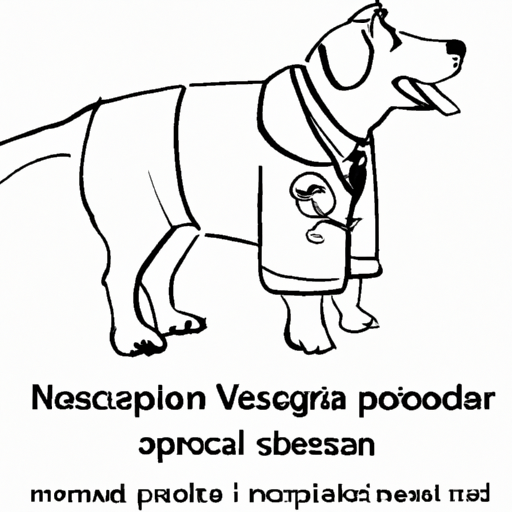Understanding Neoplasia
Neoplasia, or the abnormal growth of cells, is unfortunately a common condition that can affect your beloved four-legged friend. You might be familiar with the term “tumor,” but did you know that not all neoplasias lead to cancer? Understanding the basic biology can help you better support your pet during this challenging time. Neoplasia can be benign or malignant. Benign neoplasias are typically localized and don’t spread, while malignant neoplasias can invade nearby tissues and metastasize, or spread to other parts of the body.
Signs and Symptoms of Neoplasia
As a vigilant caregiver, you’ll want to watch out for signs and symptoms that may indicate a problem. Here are some key indicators:
- Unusual lumps or bumps
- Sudden weight loss
- Decreased appetite
- Difficulty breathing
- Changes in behavior
Remember, these symptoms can also be attributed to other health issues, so it’s important to consult with your vet for a proper diagnosis.
Diagnostic Tools and Techniques
Veterinarians have a number of tools at their disposal to diagnose neoplasia in dogs, including:
- Blood tests: These can help identify if there are any abnormalities in your dog’s blood cells or organ function.
- Imaging: Techniques like radiography (X-rays), ultrasound, and magnetic resonance imaging (MRI) can help locate and identify tumors.
- Biopsy: This is where a small sample of the tumor is removed for examination under a microscope.
| Diagnostic Tool | Purpose |
|---|---|
| Blood tests | Identify abnormalities in blood cells or organ function |
| Imaging | Locate and identify tumors |
| Biopsy | Examine tumor cells under a microscope |
Treatment Options
Treatment options will depend on the type, size, and location of the neoplasia, as well as the overall health of your dog. Common treatments include:
- Surgery: If the tumor is in a location where it can be safely removed, surgery is often the first line of treatment.
- Radiation therapy: This can be used to shrink tumors or to kill any remaining cancer cells after surgery.
- Chemotherapy: This can be used to kill cancer cells throughout the body, especially in cases where the cancer has spread.
Treatment decisions should always be made in consultation with your veterinarian, who will be able to provide the best advice based on your dog’s specific situation.
How to Support Your Dog
You are your dog’s best advocate, and there are several ways you can support them during this time:
- Ensure they are comfortable and receiving the appropriate pain management.
- Maintain a balanced diet and keep them hydrated.
- Monitor their behavior and report any changes to your vet.
- Provide plenty of love and emotional support.
FAQ
Q: Can neoplasia be prevented?
A: While there’s no surefire way to prevent neoplasia, maintaining a healthy lifestyle for your dog can help boost their overall health and immune system.
Q: Does a diagnosis of neoplasia mean my dog has cancer?
A: Not necessarily. Some neoplasias are benign and do not spread to other parts of the body.
Q: How long can a dog live with neoplasia?
A: This can vary widely depending on the type and stage of neoplasia, as well as the overall health of your dog. Your vet will be able to provide more personalized information.
Remember, you are not alone in this journey. There are resources and support systems available to help you and your furry friend navigate this challenging time.



